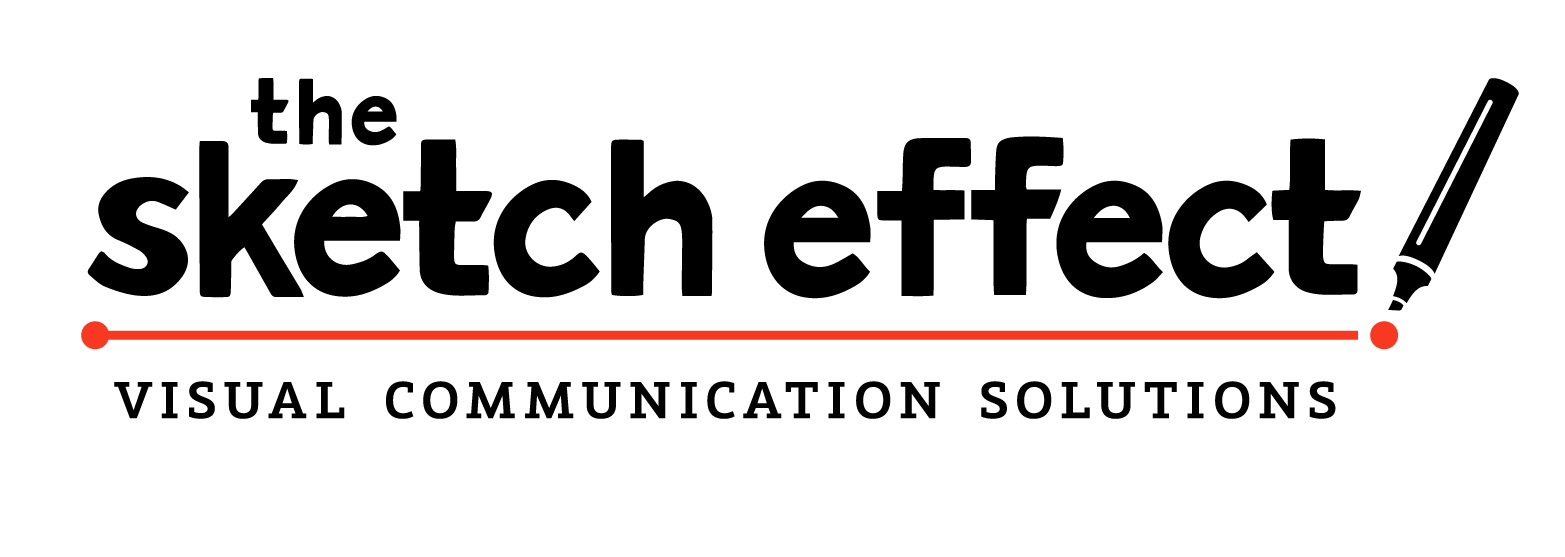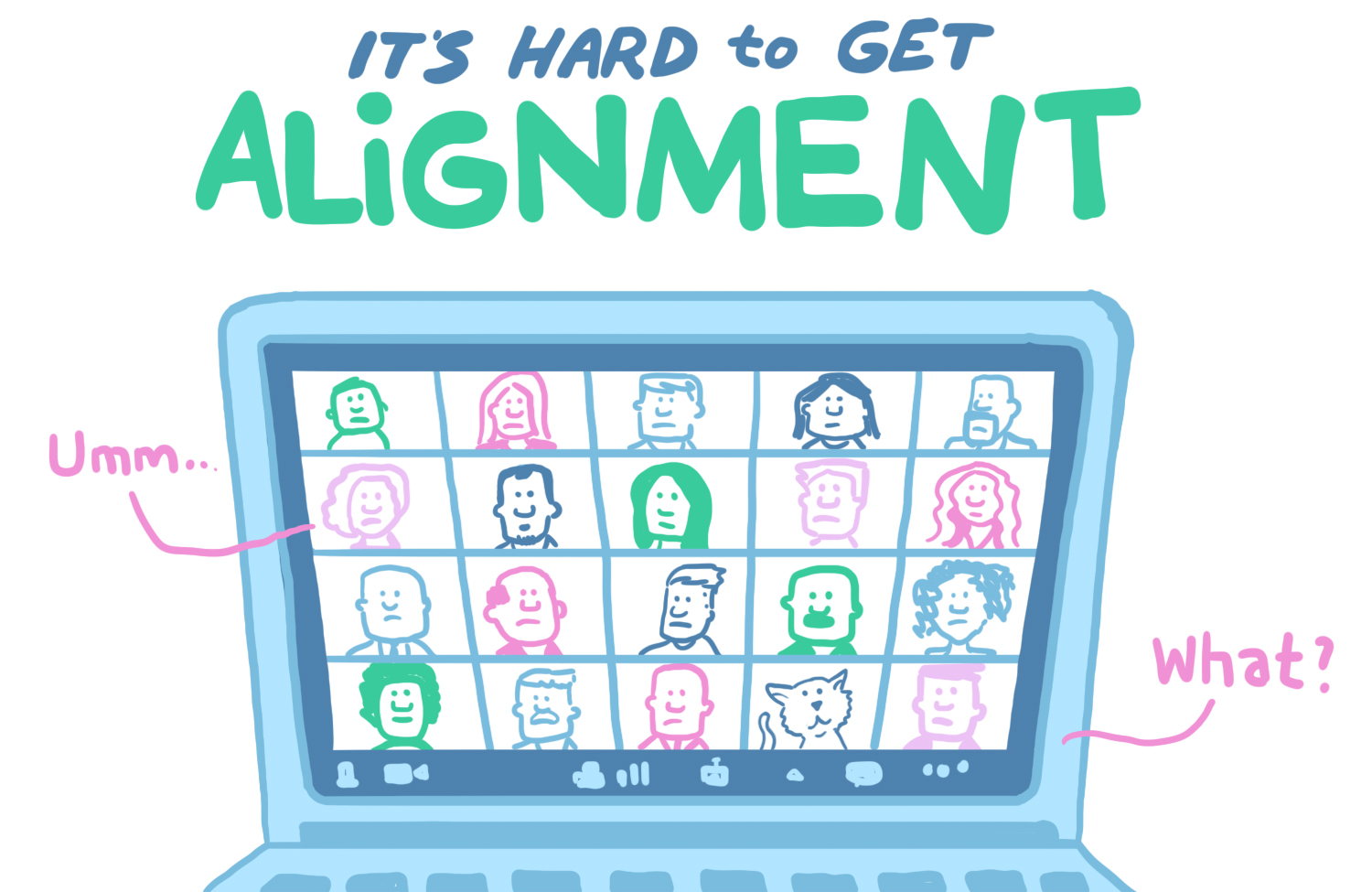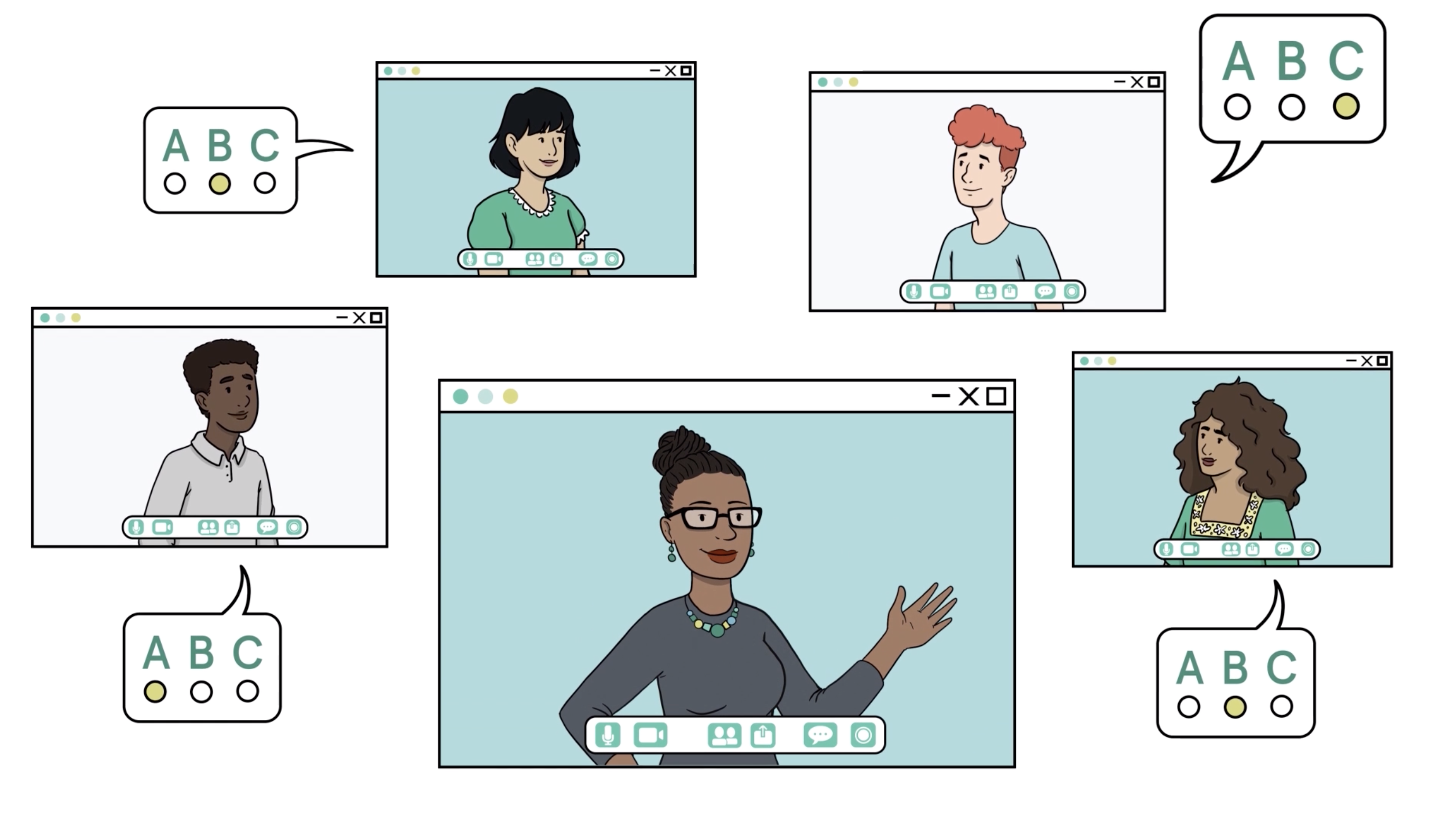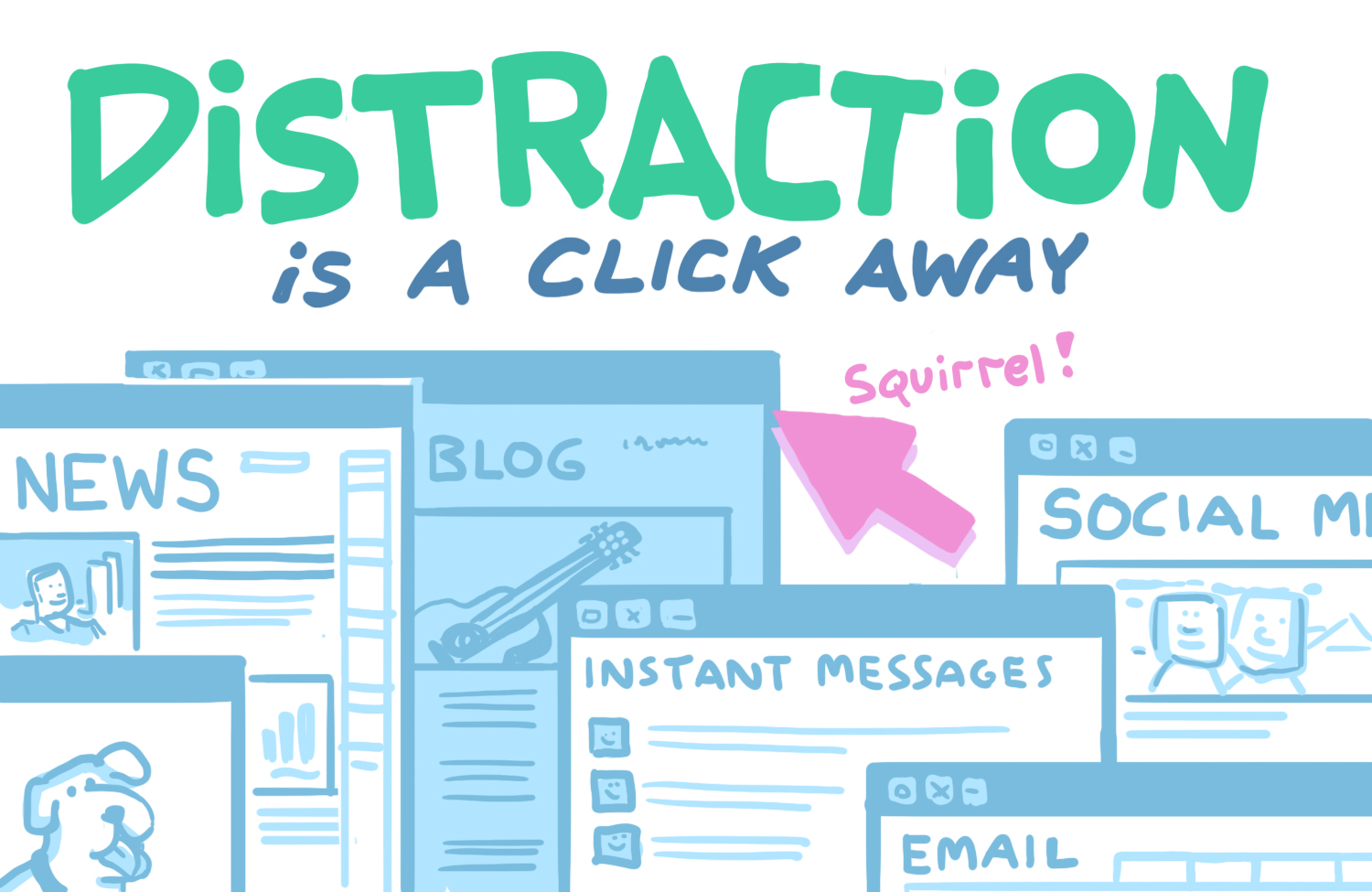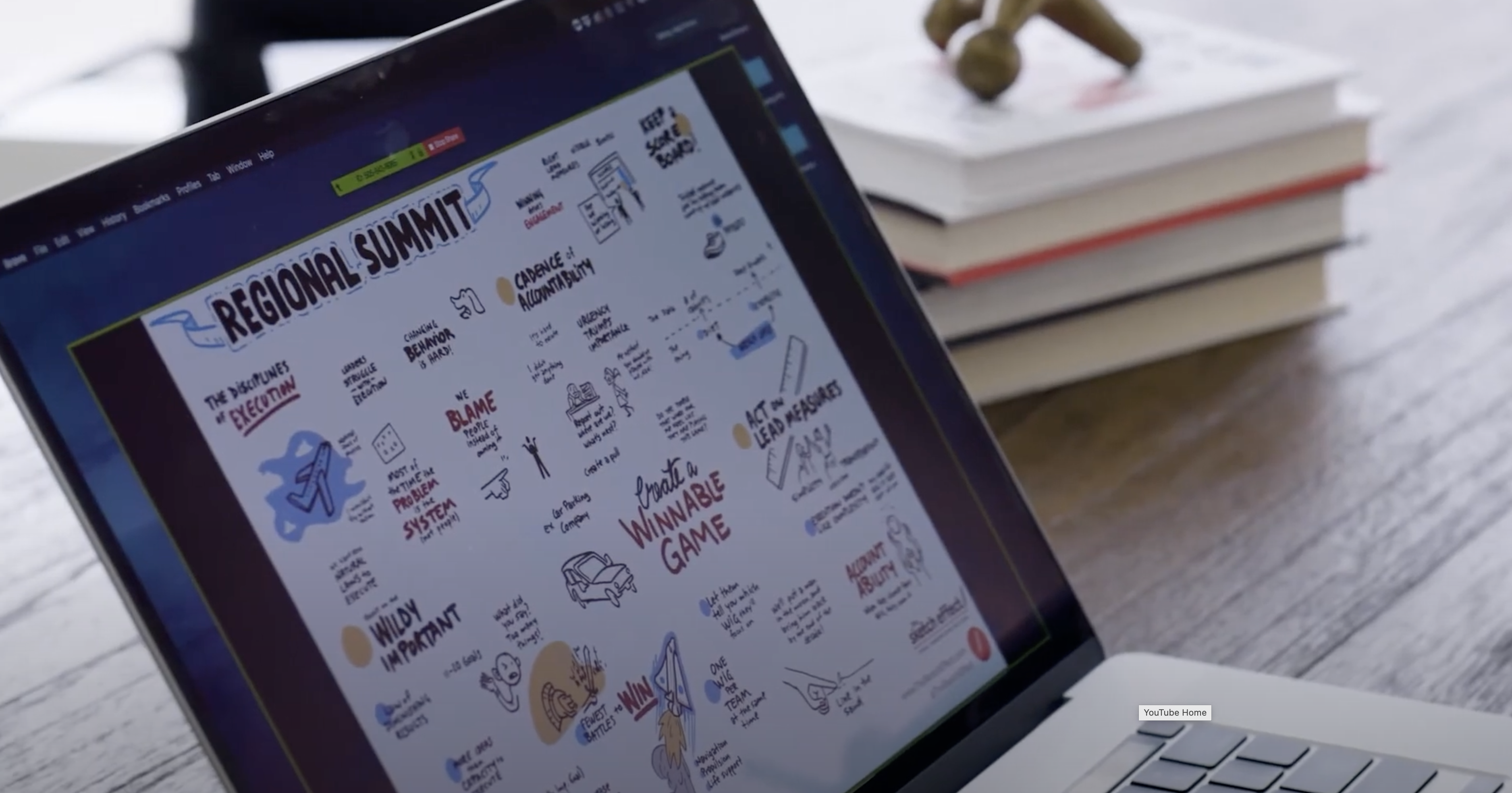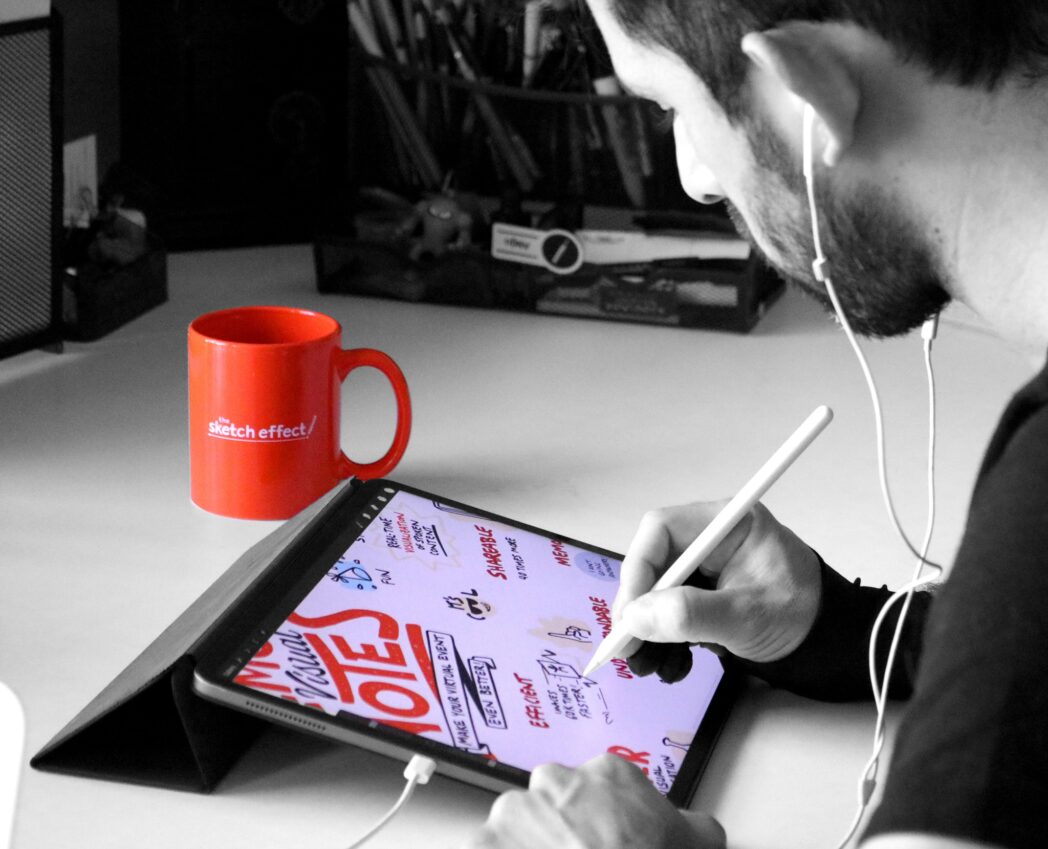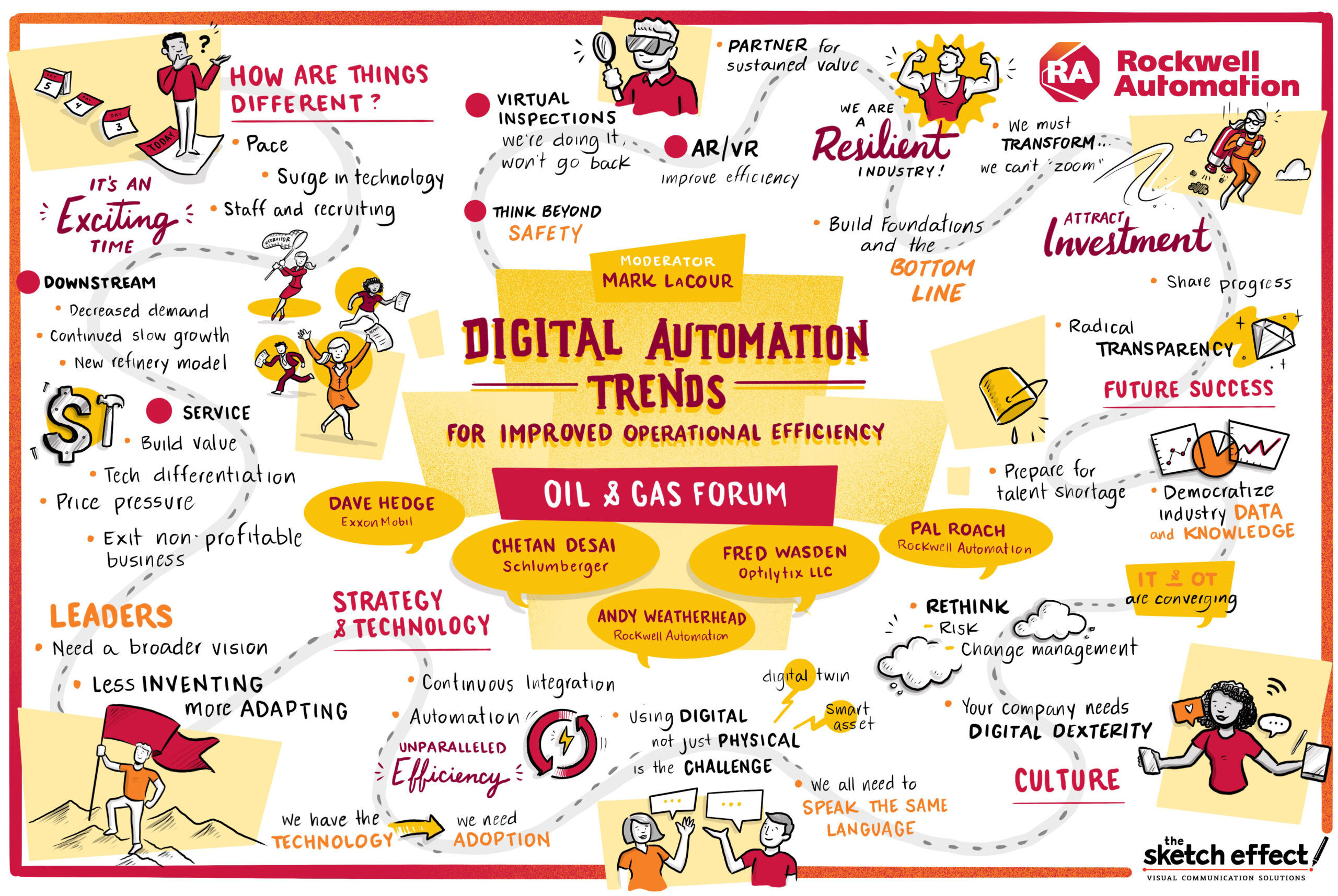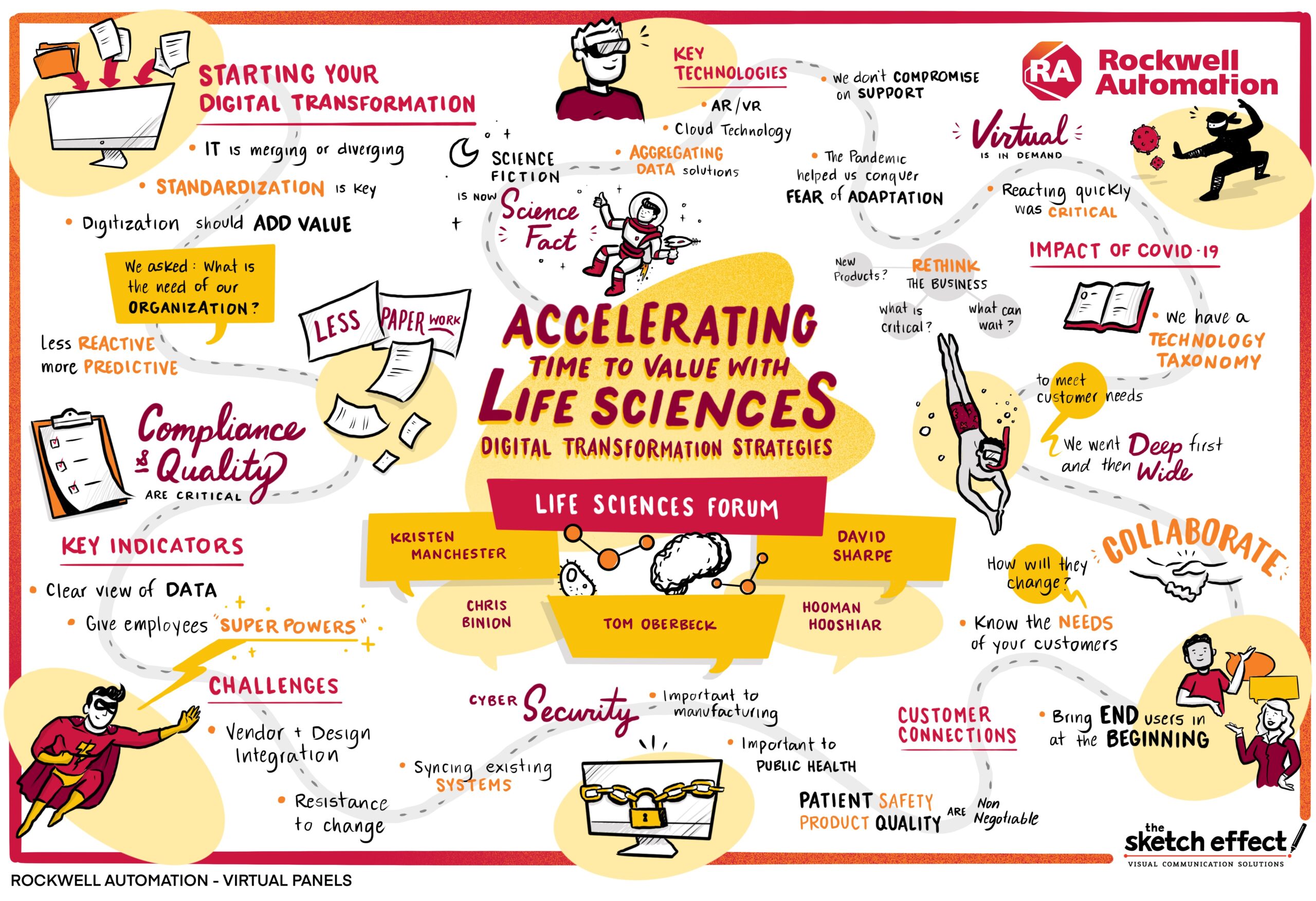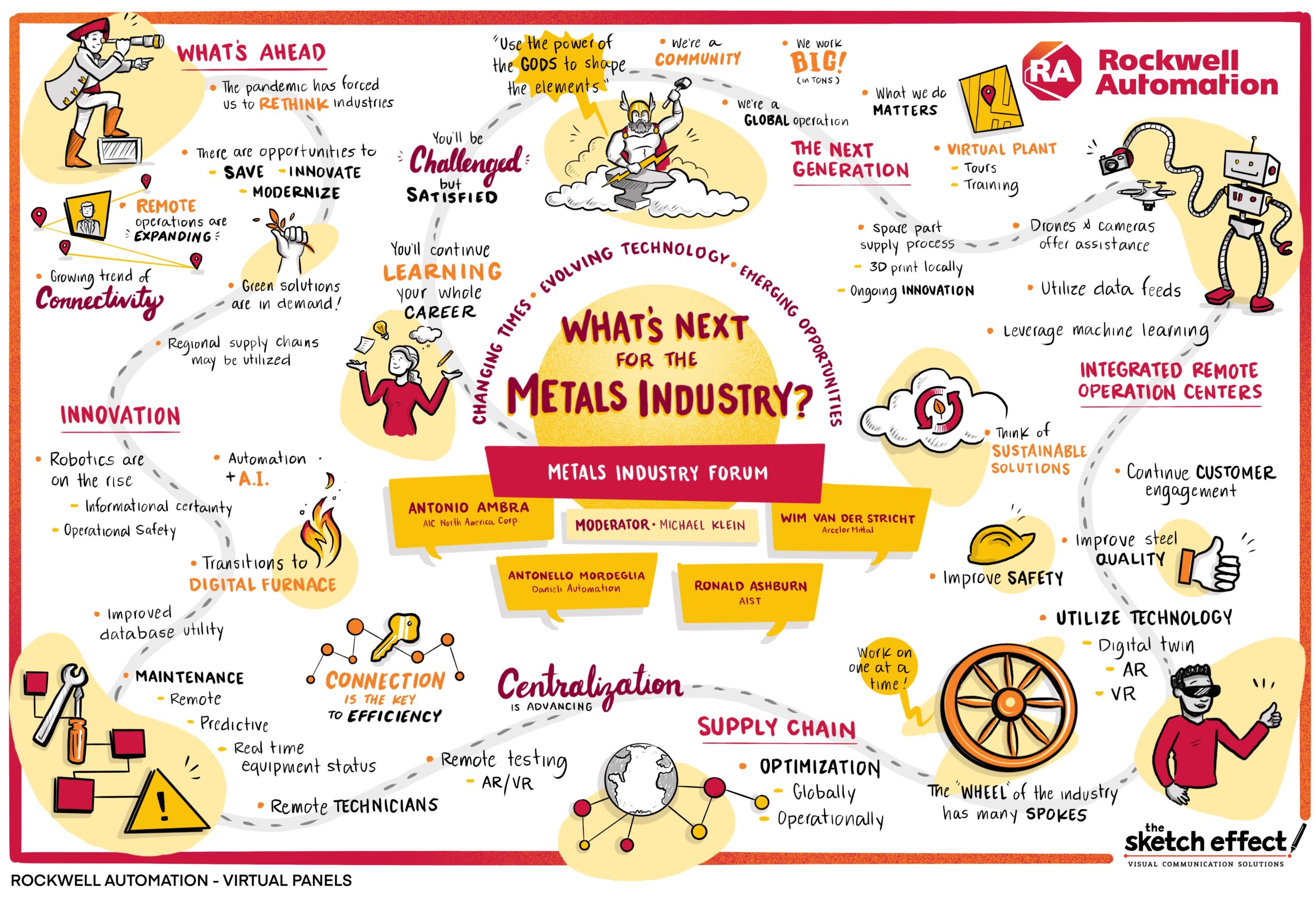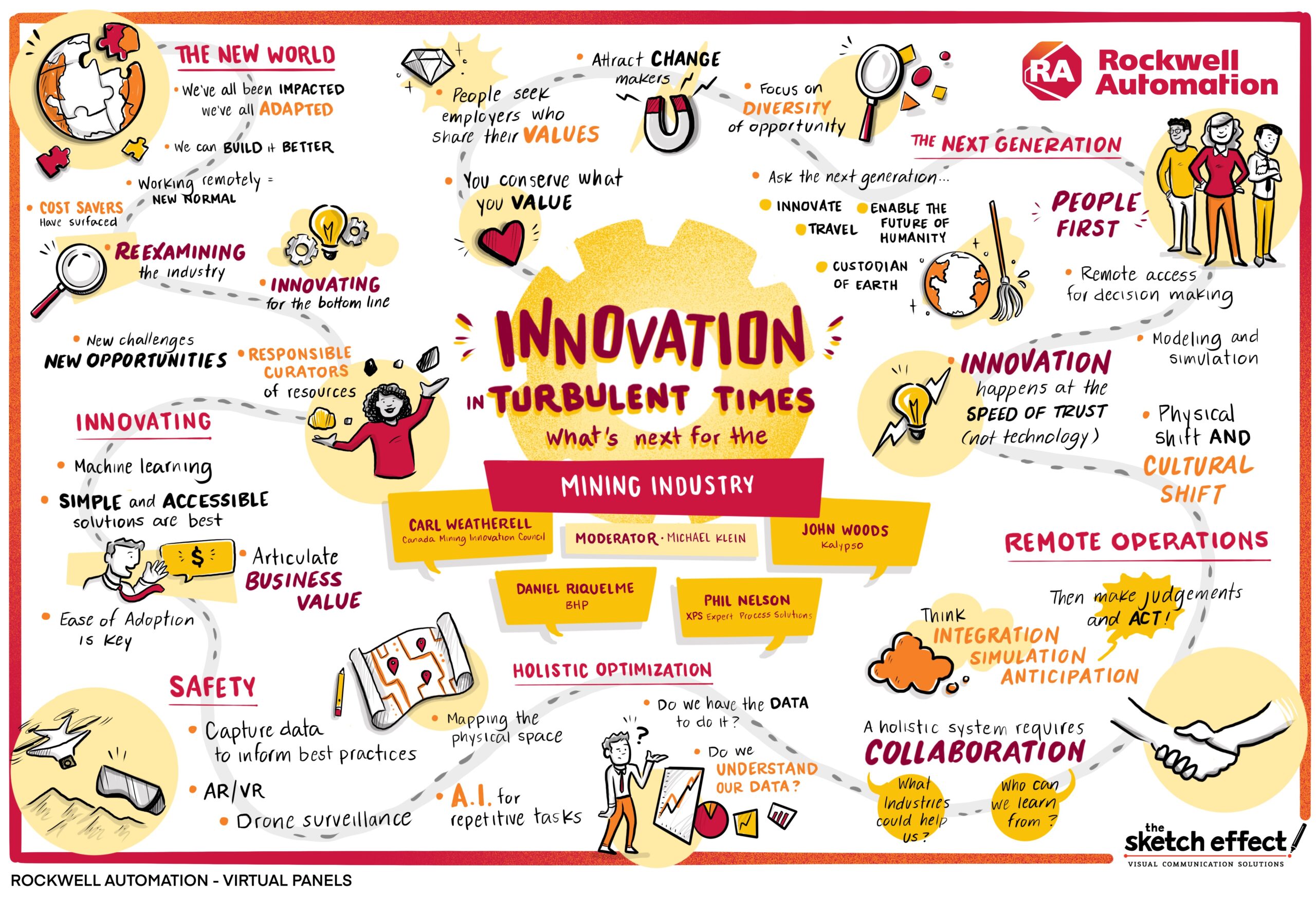As the world continues to embrace remote interactions, the art of hosting and organizing a virtual conference has become more crucial than ever.
Whether you’re a seasoned pro looking to polish your skills or a newcomer stepping into the realm of virtual events, this guide is your compass in navigating the intricacies of virtual conferencing.
This guide is designed to equip you with the tools and knowledge you need to create an immersive and impactful virtual conference experience. From selecting the right platform that resonates with your audience to employing cutting-edge strategies like graphic recording, we cover it all.
5 Tips for Hosts & Organizers New to Virtual Conferences
Hosting a virtual conference presents a unique set of challenges distinct from those of in-person events.
The nuances of digital engagement, technological reliance, and remote audience dynamics require a specialized approach to ensure success.
Unlike traditional events, virtual conferences demand careful consideration of how attendees interact with content, speakers, and each other in a digital landscape.
In the following sections, we delve into practical tips and innovative ideas that will transform your virtual conferences from ordinary to extraordinary. We’ll explore how to navigate these nuances, from enhancing participant engagement to leveraging technology effectively, ensuring your virtual event is not just a meeting, but an experience that resonates and leaves a lasting impact.
Choose the Right Virtual Event Platform
Look for platforms with robust features like breakout rooms, interactive polls, and live chat options. Ensure the platform is easy to navigate and accessible on various devices. This comparison can help you choose a platform that meets your needs.
Communicate Event Details & Resources
Clearly communicate the schedule, technical requirements, and how to navigate the virtual conference platform. Keep attendees informed and engaged with regular updates before, during, and after the event. Provide attendees with access to recordings and materials after the event for added value.
Engaging Content is Key
Mix your conference with keynote speeches, panel discussions, and interactive workshops to keep the audience engaged. Focus on delivering high-quality content rather than packing the schedule with too many sessions.
Encourage Engagement Through Interactive Elements
Use live polls, Q&A sessions, and chat functionalities to create a two-way conversation with attendees. Introduce elements like point scoring, competitions, or rewards to make participation more engaging.
Rehearse & Test Technical Aspects
Conduct practice sessions with speakers and staff to troubleshoot any potential technical issues. Have a dedicated technical support team available during the conference to assist with any issues.
Virtual Conference Ideas That Create a Professional Atmosphere
Invite Guest Speakers
Hiring industry leaders or celebrities as guest speakers can significantly elevate your conference. These experts not only bring a wealth of knowledge and experience, but they also attract a wider audience.
Here’s how to make the most of it.
- Leverage Their Expertise: Choose speakers who are leaders in their fields and engaging storytellers. They should be able to captivate the audience and effectively communicate their insights.
- Diverse Perspectives: Aim for a range of speakers from different backgrounds and industries. This diversity can offer a broader perspective and appeal to a wider audience.
- Interactive Sessions: Allow time for Q&A sessions where attendees can interact with these experts. This interaction can be a major draw for your audience.
- Promotional Advantage: Use the presence of high-profile speakers in your marketing efforts to generate buzz and attract registrations.
Conduct Live Polls and Q&A Sessions
Live polls and Q&A sessions are powerful tools to encourage real-time interaction and maintain attendee interest.
Here’s how to integrate them effectively.
- Instant Feedback with Live Polls: Use live polls during presentations to gauge audience opinion, gather instant feedback, or simply break the monotony. These polls can be about the conference content, general opinions, or even light-hearted topics to keep the mood upbeat.
- Interactive Q&A Sessions: After each presentation, allocate time for a Q&A session. Encourage attendees to submit questions in real-time, which can be addressed by the speakers. This not only keeps the audience engaged but also makes them feel heard and valued.
- Moderated Discussions: Have a moderator to manage these sessions, ensuring that questions are relevant and the discussion stays on track. This helps in maintaining a smooth and efficient interaction.
Participate In Breakout Sessions
Breakout sessions allow for more intimate and focused discussions, fostering deeper engagement.
Here’s how to make the most of them.
- Small Group Discussions: Divide attendees into smaller groups to discuss specific topics. This setting encourages more interaction and participation from individuals who might be hesitant to speak up in larger groups.
- Topic-Specific Rooms: Create different rooms for various topics, allowing attendees to choose sessions that interest them the most. This not only caters to diverse interests but also makes the discussions more relevant and engaging for participants.
- Facilitated Sessions: Have a facilitator or expert in each room to guide the discussion, answer questions, and ensure that everyone gets a chance to contribute.
- Share Back Sessions: After the breakout discussions, reconvene in the main session and allow each group to share their insights. This helps in bringing diverse perspectives to the entire audience.
Create Networking Opportunities
Networking is a critical component of any conference, and virtual events are no different.
Here’s how you can create effective networking opportunities.
- Virtual Networking Lounges: Designate virtual ‘rooms’ where attendees can interact in a more relaxed setting. These lounges can be themed or organized by interest areas.
- Speed Networking Sessions: Similar to speed dating, these sessions allow attendees to meet and interact with several people for a short period, fostering quick connections.
- Interactive Platforms: Utilize platforms that allow attendees to move freely between different virtual spaces, simulating an in-person networking experience.
- Networking Games and Icebreakers: Organize fun activities or icebreaker games to encourage attendees to connect and engage.
- Follow-Up Opportunities: Provide a way for attendees to connect post-conference, whether through a dedicated app, social media groups, or email lists.
Add Interactive Games & Challenges
Games and challenges are not just entertaining; they’re a brilliant way to break the ice, encourage participation, and inject energy into your virtual conference.
Here are a few ideas.
- Trivia Quizzes: Organize a trivia session related to your conference theme or general knowledge. This can be a great way to engage attendees and spark friendly competition.
- Virtual Scavenger Hunts: Create a scavenger hunt where attendees search for items or information within the conference platform or their own environment. This can be both engaging and humorous.
- Escape Rooms: Collaborate with companies that offer virtual escape room experiences. These team-building activities require problem-solving and collaboration, perfect for engaging attendees.
- Photo and Video Challenges: Encourage attendees to share photos or short videos related to a theme or prompt. This can be a great way to foster creativity and engagement.
Relax and Vibe with Virtual Social Hours
Social hours are great for networking and unwinding.
Here’s how you can replicate the social vibe virtually.
- Themed Mixers: Host a themed social hour where attendees can dress up or use themed virtual backgrounds. Themes can range from tropical beach parties to 80s retro.
- Happy Hours with a Twist: Organize a happy hour with a special element, like a cocktail-making class or a wine-tasting session, where a sommelier guides attendees through different wines.
- Interactive Entertainment: Bring in a live performer, like a musician or a magician, to entertain attendees. This can be a delightful surprise element in your event.
- Casual Chat Rooms: Set up virtual rooms where attendees can drop in for casual conversations. These rooms can be themed or organized by interest areas to help like-minded attendees connect.
ABC with Virtual Exhibitions & Product Demos
Exhibitions and product demos are a cornerstone of modern virtual conferences. Here’s how to make them effective and engaging.
- Virtual Booths: Utilize the virtual conference platform to create digital booths for exhibitors. These booths can feature videos, downloadable content, product information, and links to external sites.
- Interactive Displays: Encourage exhibitors to use interactive elements like 360-degree views of products, virtual tours, and product demonstration videos to make the experience as tangible as possible.
- Expert Availability: Set up live chat or video call options where attendees can have real-time conversations with product experts, sales representatives, or company personnel.
- Scheduled Demos: Plan live demonstration sessions where companies can showcase their products and answer questions from the audience in real time, adding a dynamic and personal touch to the experience.
Common Pain Points in Virtual Conference Planning
Planning a virtual conference involves tackling several challenges unique to the digital realm. Identifying these unique pain points is the first step toward creating a more engaging and professional event.
Here’s what you’re up against.
- Engagement and Focus: Keeping attendees engaged and focused is a major challenge, especially when they are prone to environmental distractions.
- Technical Difficulties: Issues with software, connectivity, and varying levels of technical proficiency among attendees can lead to disruptions.
- Time Zone Coordination: Finding a suitable time that works for a global audience can be a logistical headache.
- Networking Limitations: Replicating the networking and social interactions of in-person events in a virtual space is often difficult.
- Content Overload: Providing too much content without adequate breaks or interactive elements can lead to information fatigue.
- Follow-Up and Action Items: Ensuring effective follow-up and clear action items post-conference can be challenging without physical interaction.
The good news is that adding a graphic recording artist to your conference can address the majority of the challenges.
Here’s how.
Graphic Recording Makes Virtual Conferences More Engaging
Graphic recording, also known as visual note-taking, is a dynamic way to capture and illustrate a virtual conference’s key points and ideas in real time.
Here’s how it works and why it’s so beneficial in virtual settings.
- What is it? Graphic recording involves a skilled artist visually summarizing conference discussions and presentations into engaging, colorful drawings and texts. This is done live and streamed to attendees via the virtual conference platform.
Why Graphic Recording is PERFECT for Virtual Conferences
Incorporating graphic recording into a virtual conference not only enhances the engagement and learning experience but also provides lasting visual artifacts that attendees can refer to and share long after the event.
- Enhances Engagement: The visual summaries captivate the audience, making complex ideas more engaging and understandable.
- Aids Retention: The combination of visuals and words improves memory retention of the presented material.
- Encourages Sharing: These artistic summaries are shareable and visually appealing, making them perfect for social media and post-event materials.
- Adds Value: Graphic recording adds a unique and creative element to virtual conferences, setting them apart and enriching the overall attendee experience.
Interested in adding graphic recording to your virtual conference or event? Contact our team today to talk about your event goals and needs. Our event specialists will help you find a solution that transforms your attendee experience.

